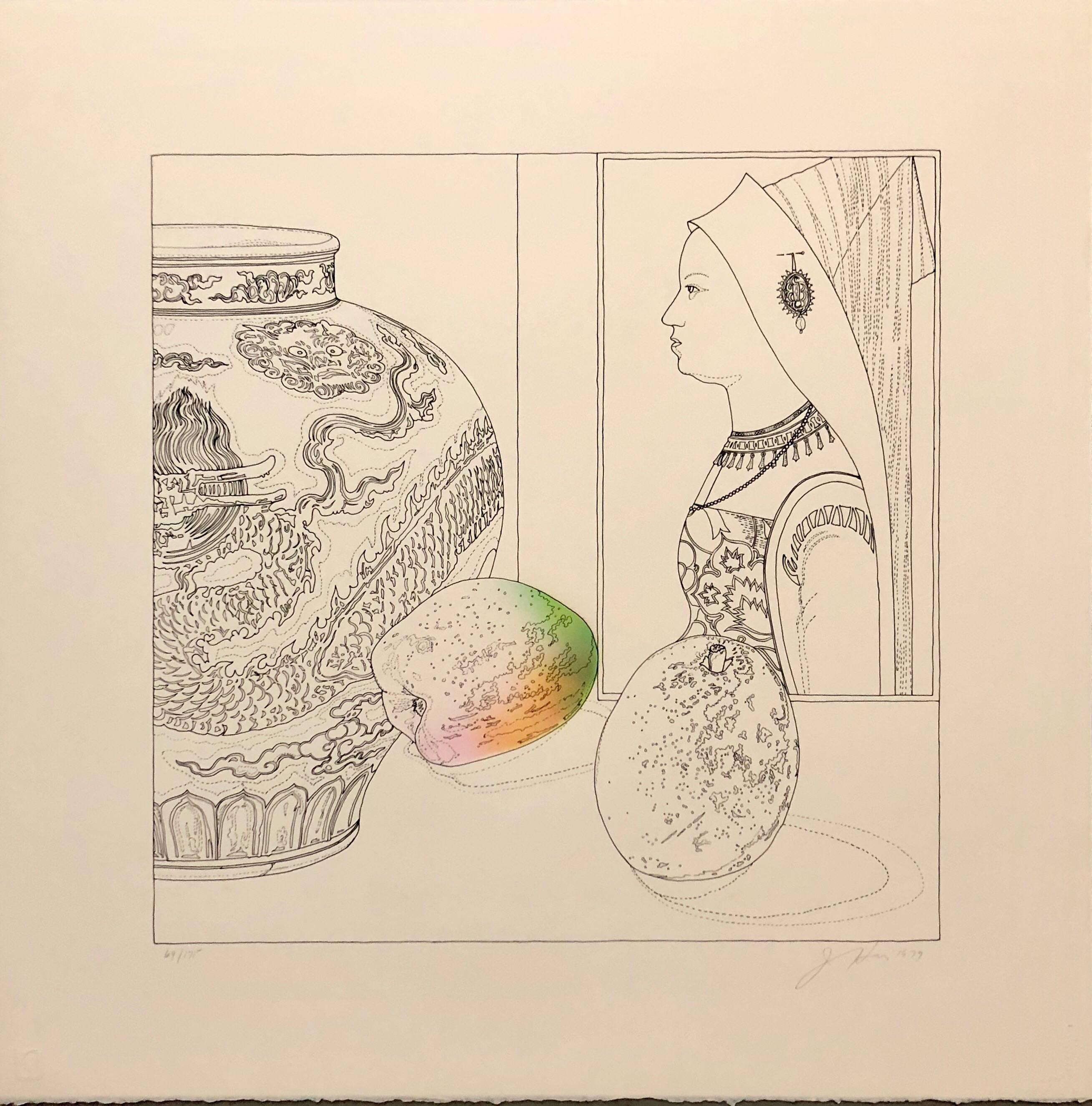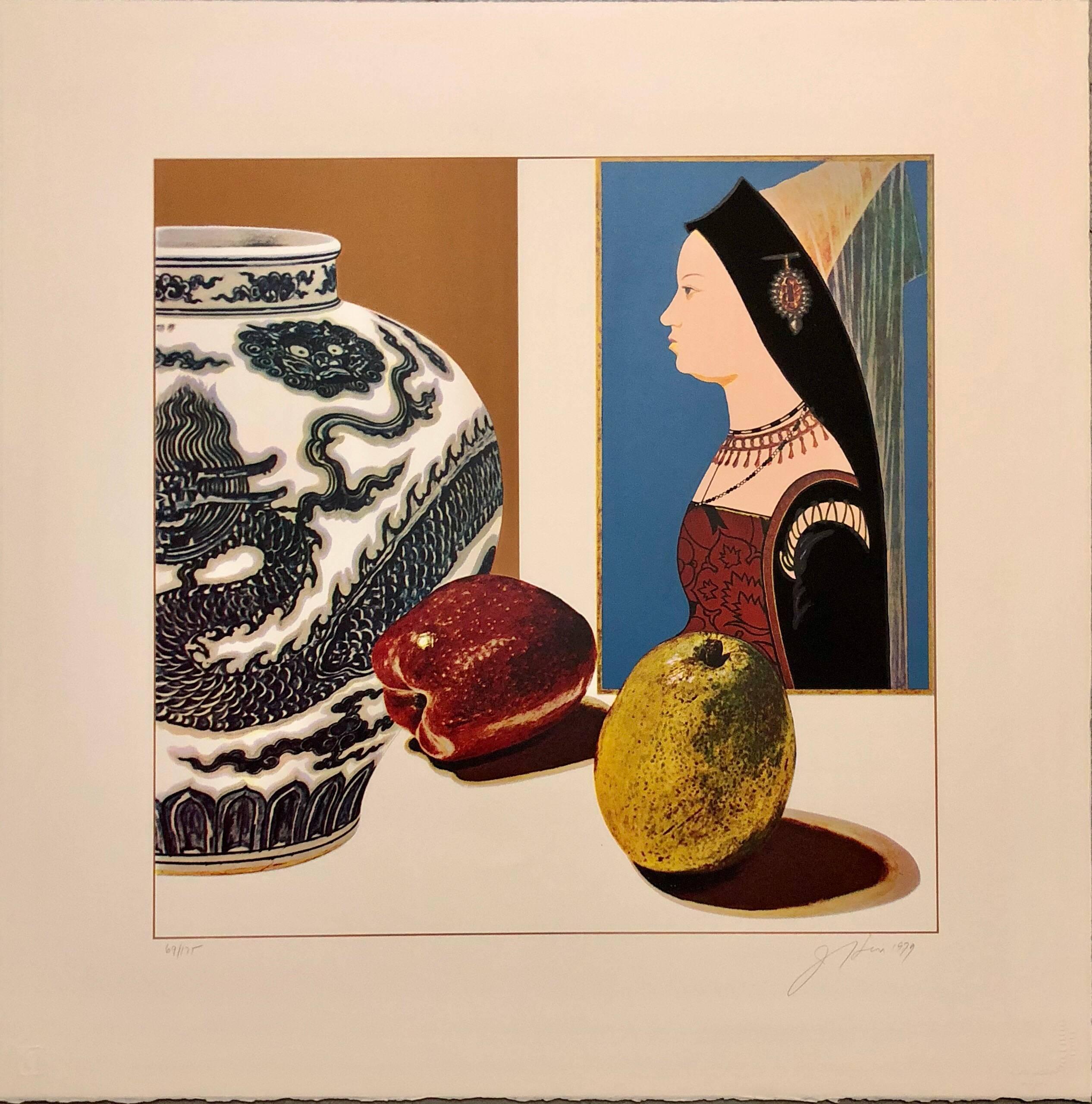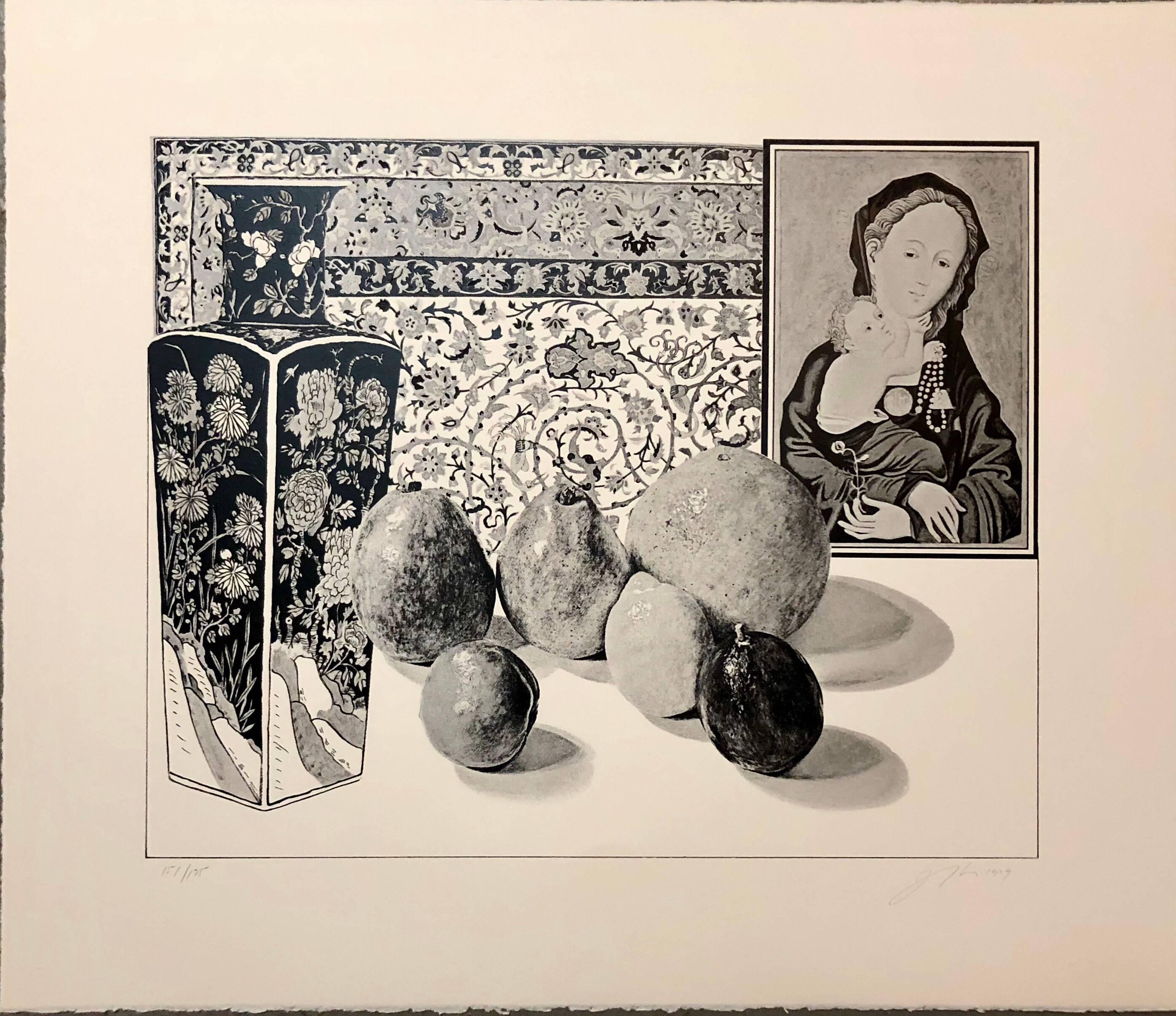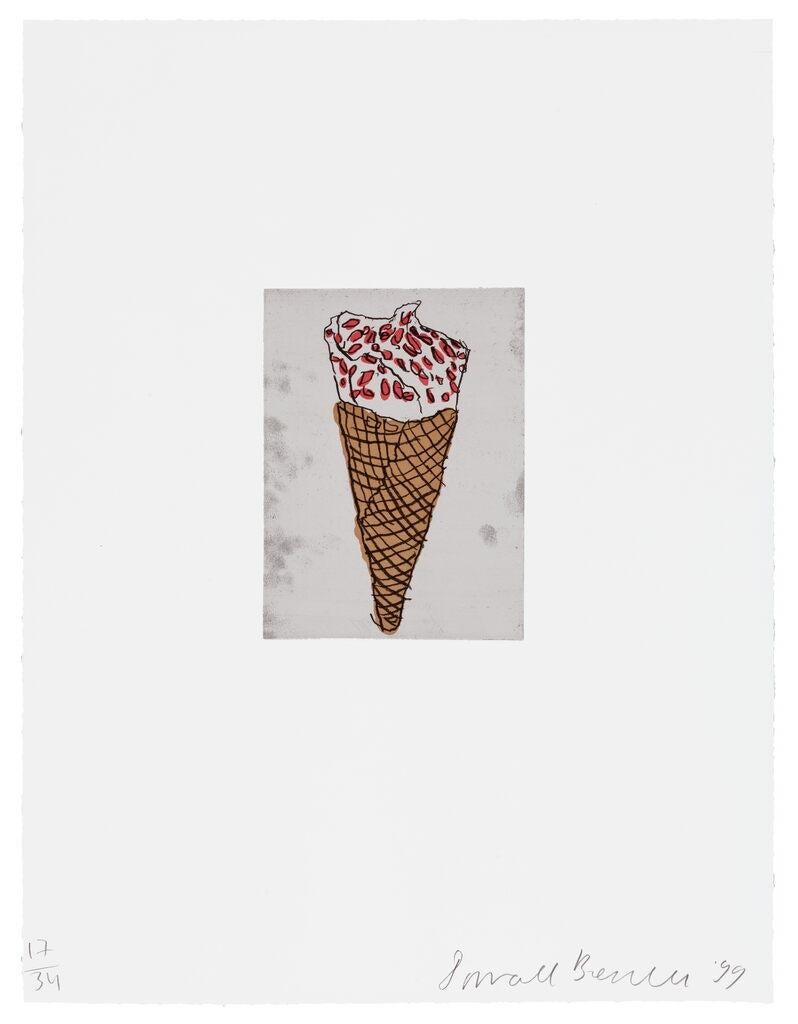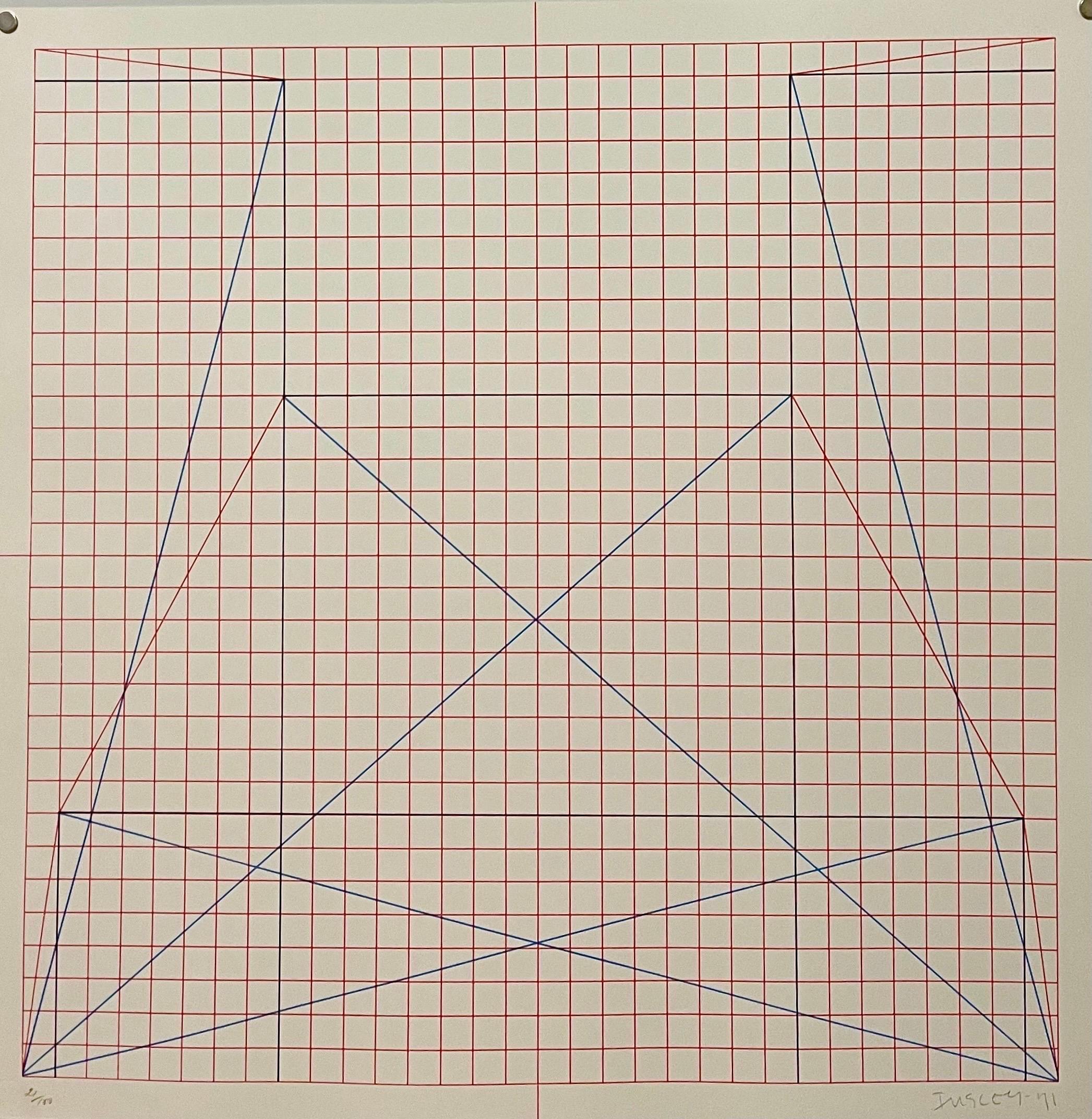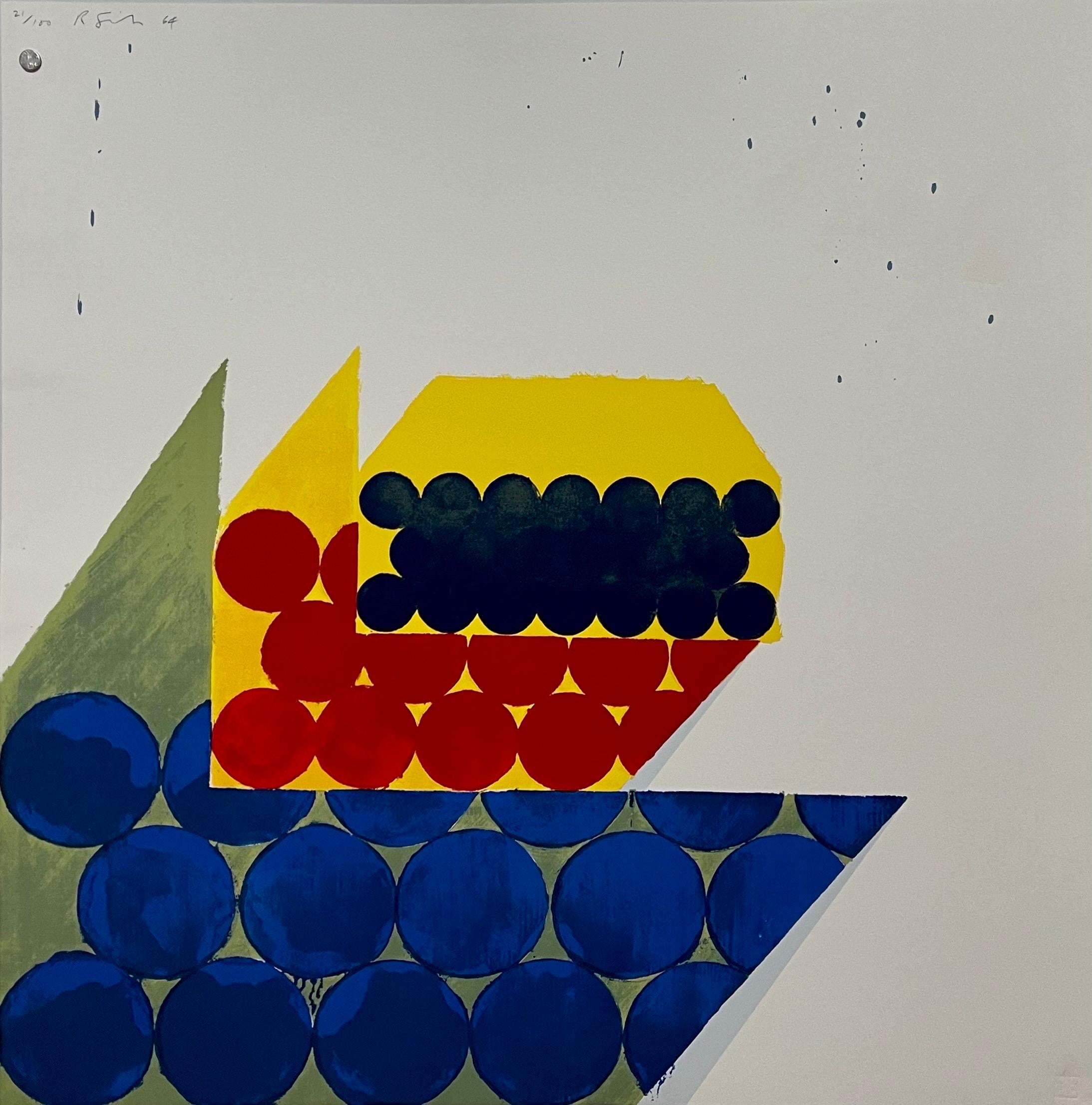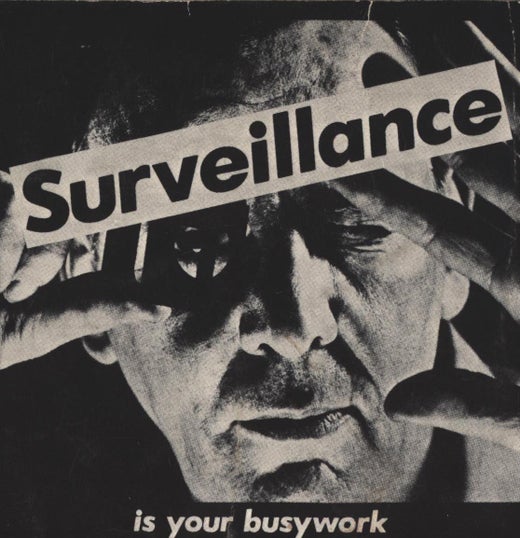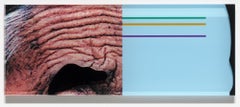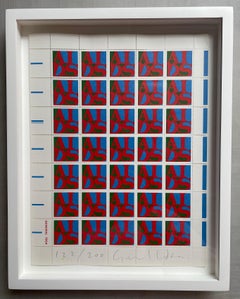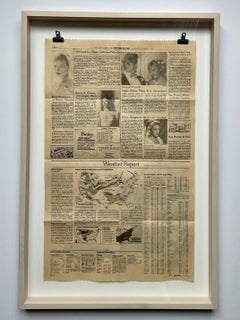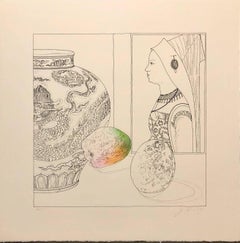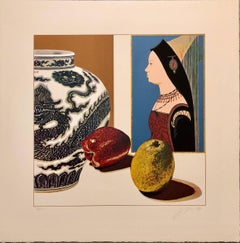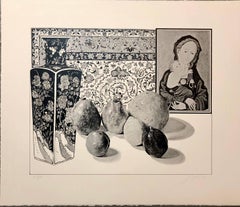Barbara KrugerMy Pretty Pony1989
1989
About the Item
- Creator:Barbara Kruger (1945, American)
- Creation Year:1989
- Dimensions:Height: 20.25 in (51.44 cm)Width: 13.75 in (34.93 cm)Depth: 3 in (7.62 cm)
- Medium:
- Period:
- Condition:
- Gallery Location:New York, NY
- Reference Number:1stDibs: LU2096210854822
Barbara Kruger
Rising to prominence in the 1980s, iconic conceptual artist Barbara Kruger pioneered a combination of type and image in her signature colors of black, white and red that continues to captivate audiences and posit a forceful feminist critique of media and politics.
Kruger examines social issues and cultural forces like sexism and consumerism in her typically large-scale, widely imitated work, which sees her layering terse chunks of text in fonts such as Futura Bold Oblique over found black and white mass media photographic images. Radical and stimulating, her collages draw on her background as a commercial graphic designer for magazines at Condé Nast as well as her albeit brief time as a student at the Parsons School of Design in New York City, where Kruger studied under artists such as Diane Arbus.
Kruger’s use of straightforward, accessible language to make powerful statements recalls advertising slogans or magazine headlines — by employing the structure of the very thing she is critiquing, she subverts that specific medium’s reach and meaning.
The phrases that Kruger superimposes onto the imagery in her work are as pointed, direct and authoritative as the visuals, with best-known examples including I Shop Therefore I Am and You Are a Captive Audience. The artist is also a staunch feminist, using her work to make overt political statements such as in Untitled (Your Body Is a Battleground), which was initially created in 1989 to promote a women’s march in Washington, D.C., aimed at antiabortion legislation. By using “you” and “I,” Kruger invites viewers into the piece and forces them to reflect on their own position in society as well as how they interact with one another in contemporary life. In an increasingly politicized era that finds us engulfed in imagery like never before, her art is more urgent and arresting than ever.
Kruger’s works can be found in the collections of the Art Institute of Chicago, the Museum of Modern Art in New York City, the Whitney Museum of American Art and other institutions.
Find Barbara Kruger art on 1stDibs.
- ShippingRetrieving quote...Shipping from: New York, NY
- Return Policy
More From This Seller
View All1990s More Prints
Screen
Early 2000s Abstract Prints
Screen
1980s Prints and Multiples
Lithograph, Offset
1990s Prints and Multiples
Lithograph
1990s Prints and Multiples
Rubber, Paint
Early 2000s Figurative Prints
Aquatint, Photogravure
You May Also Like
1970s Pop Art Figurative Prints
Lithograph, Screen
1970s Pop Art Figurative Prints
Lithograph, Screen
1970s Pop Art Figurative Prints
Lithograph, Screen
1990s Contemporary Abstract Prints
Etching, Aquatint, Lithograph, Screen
1960s Pop Art Abstract Prints
Lithograph, Screen
1960s Pop Art Abstract Prints
Lithograph, Screen
